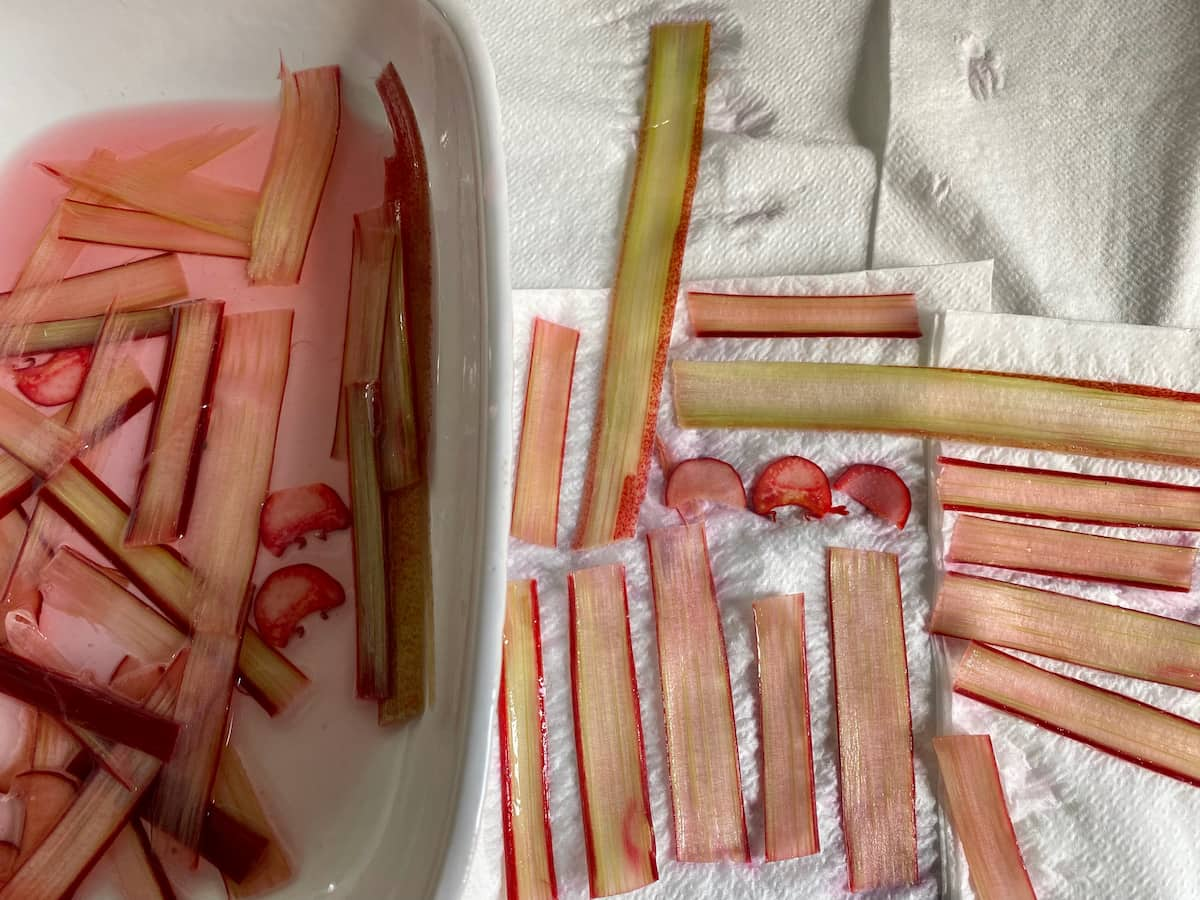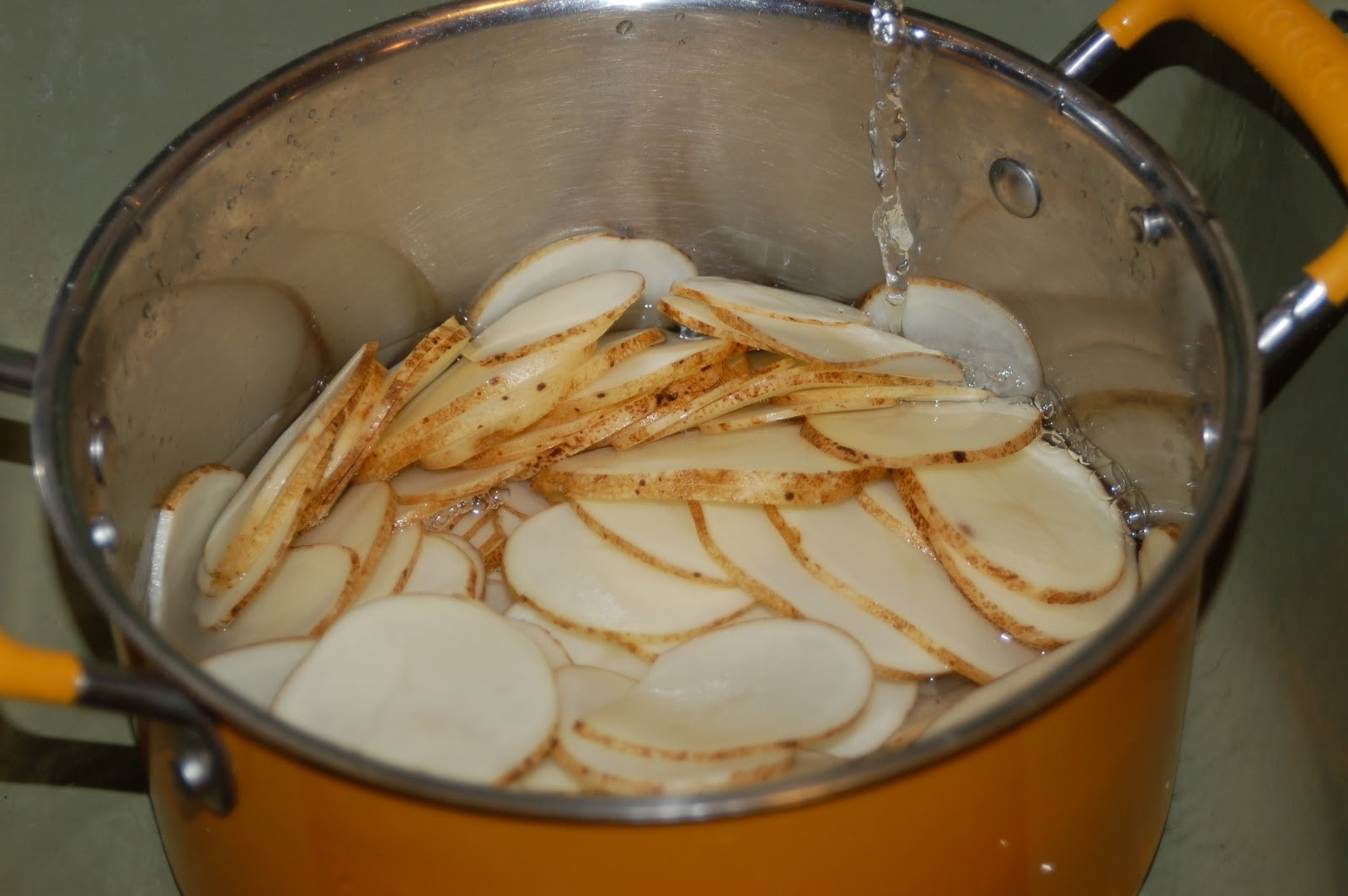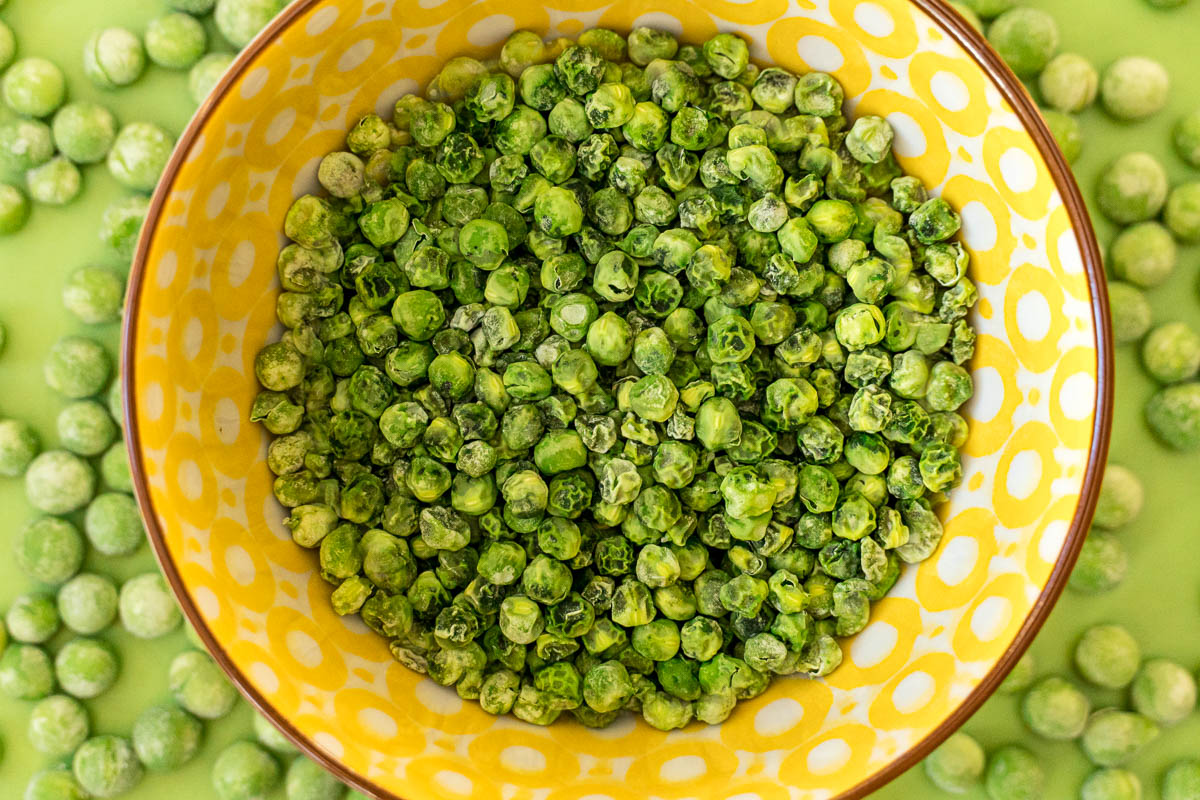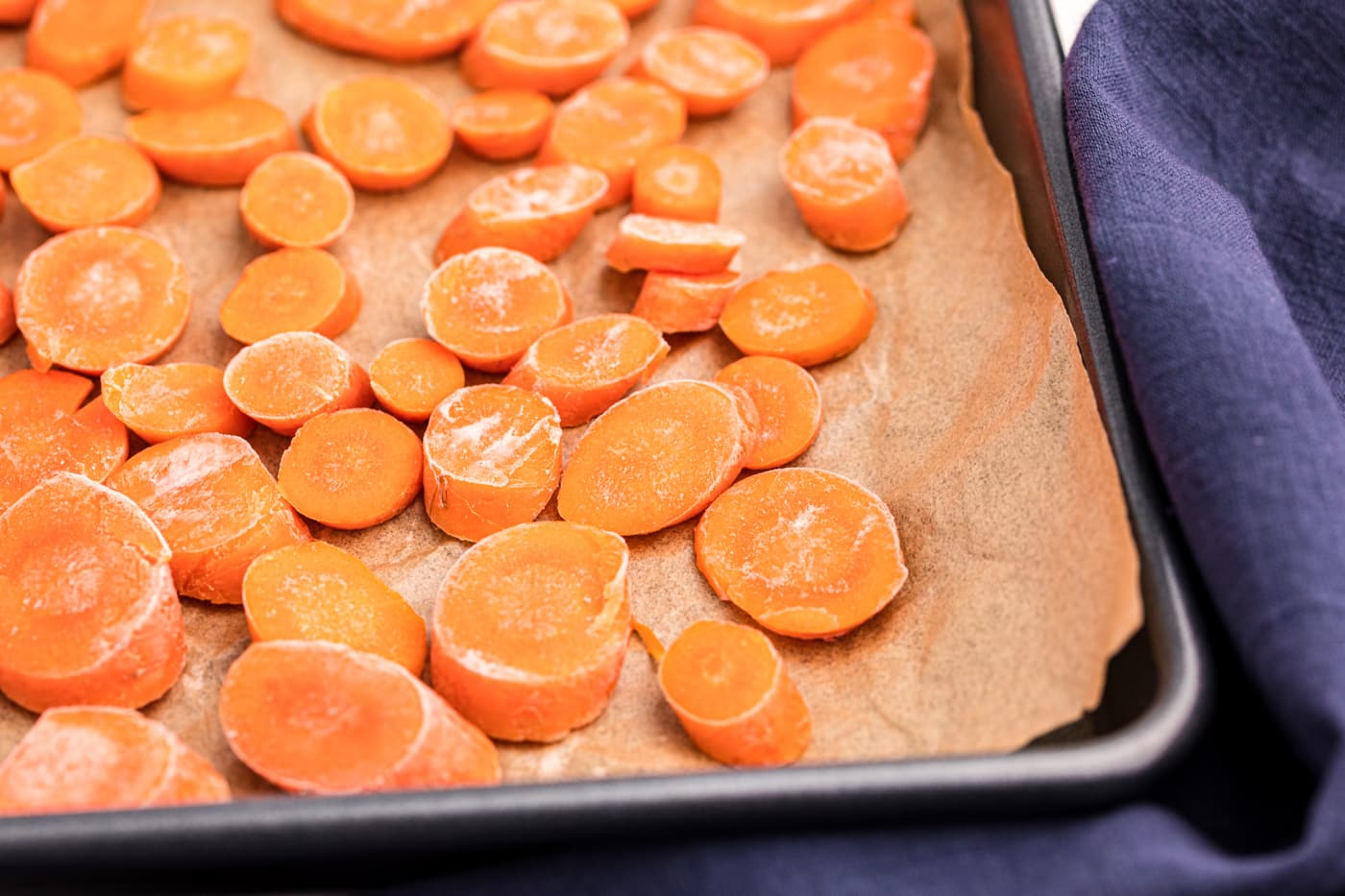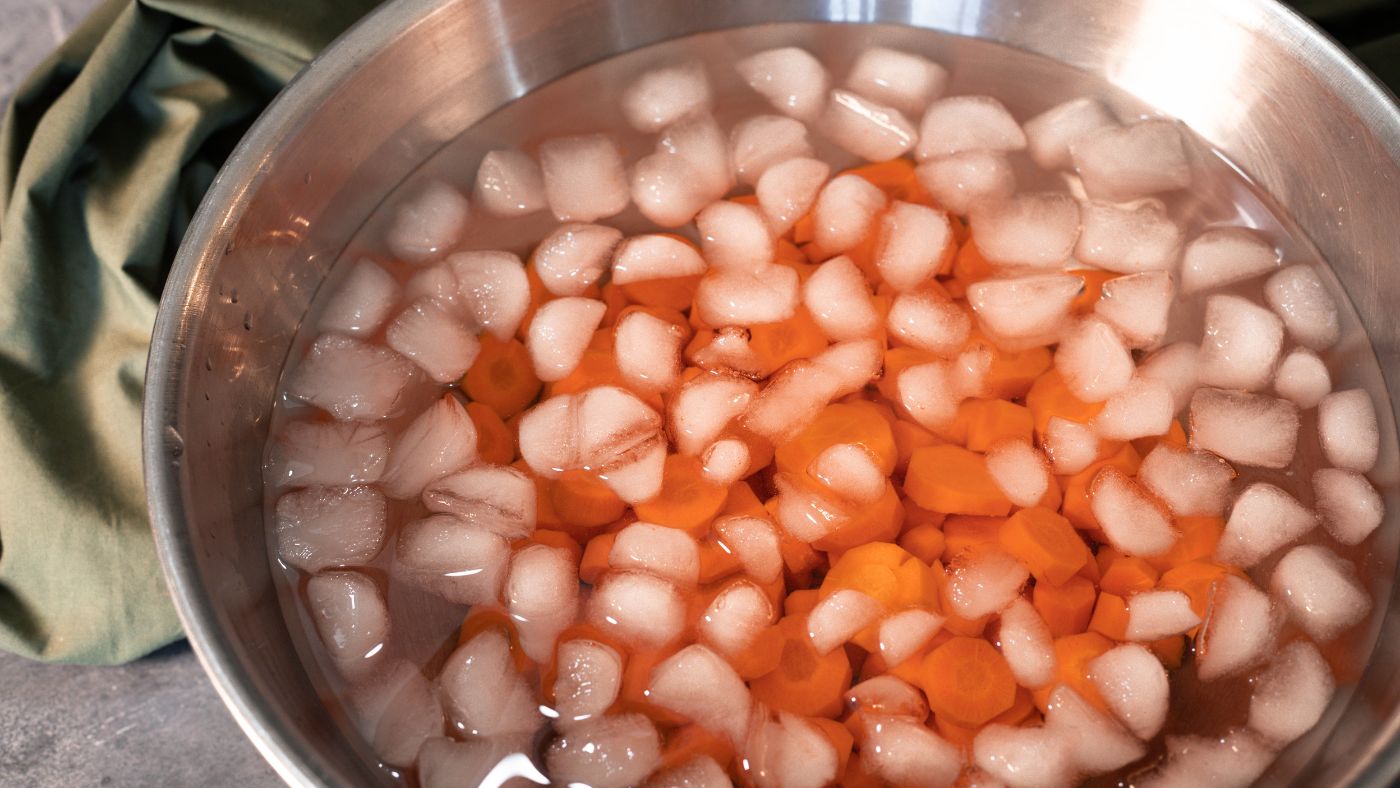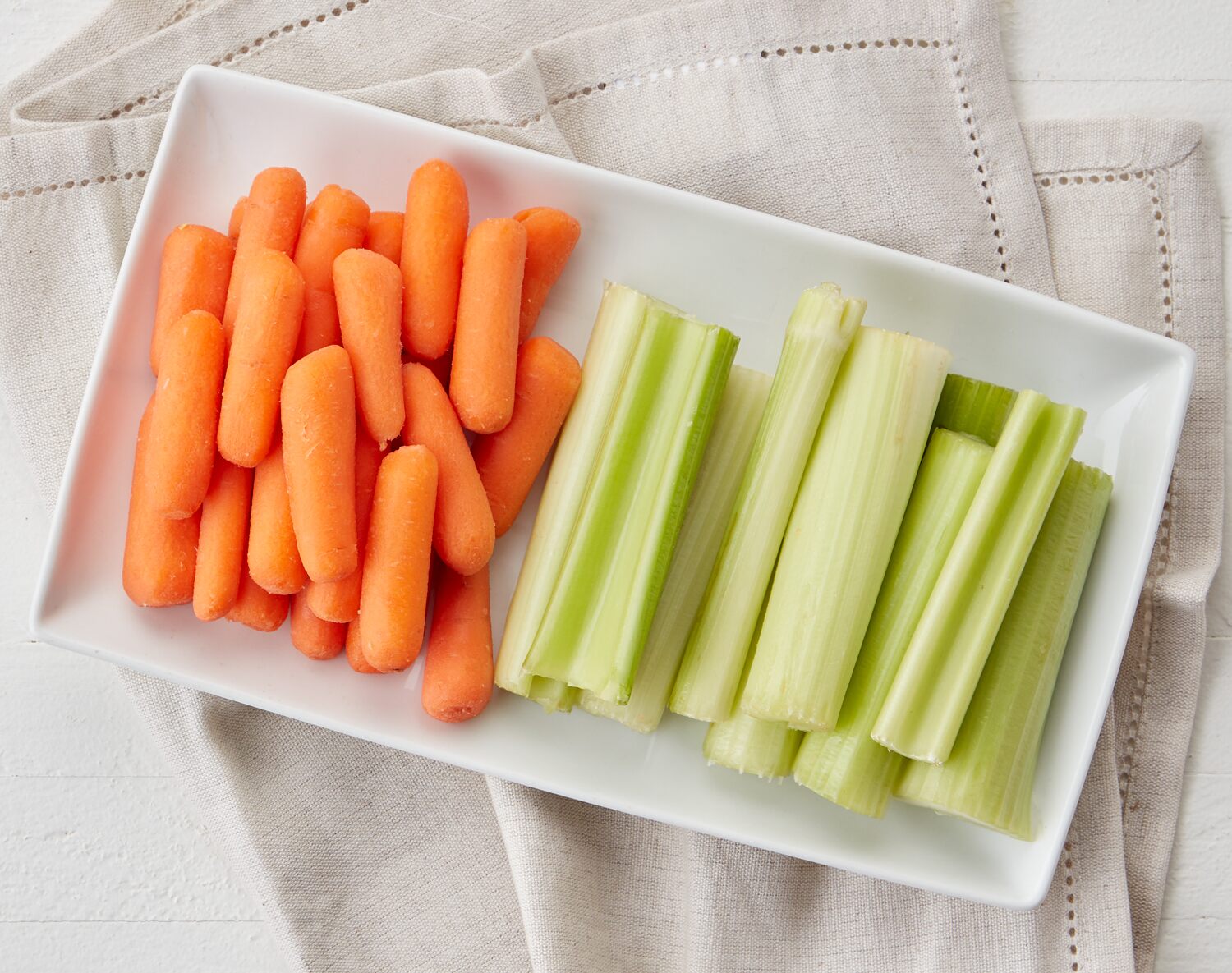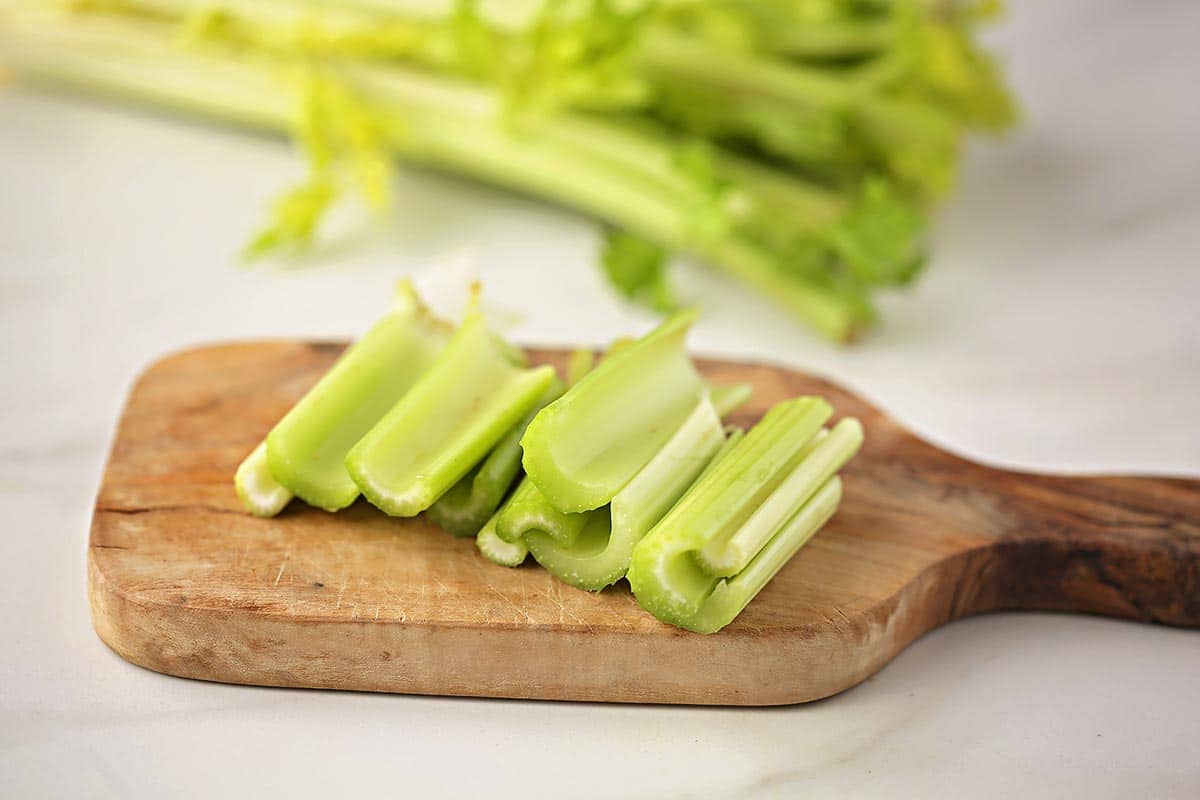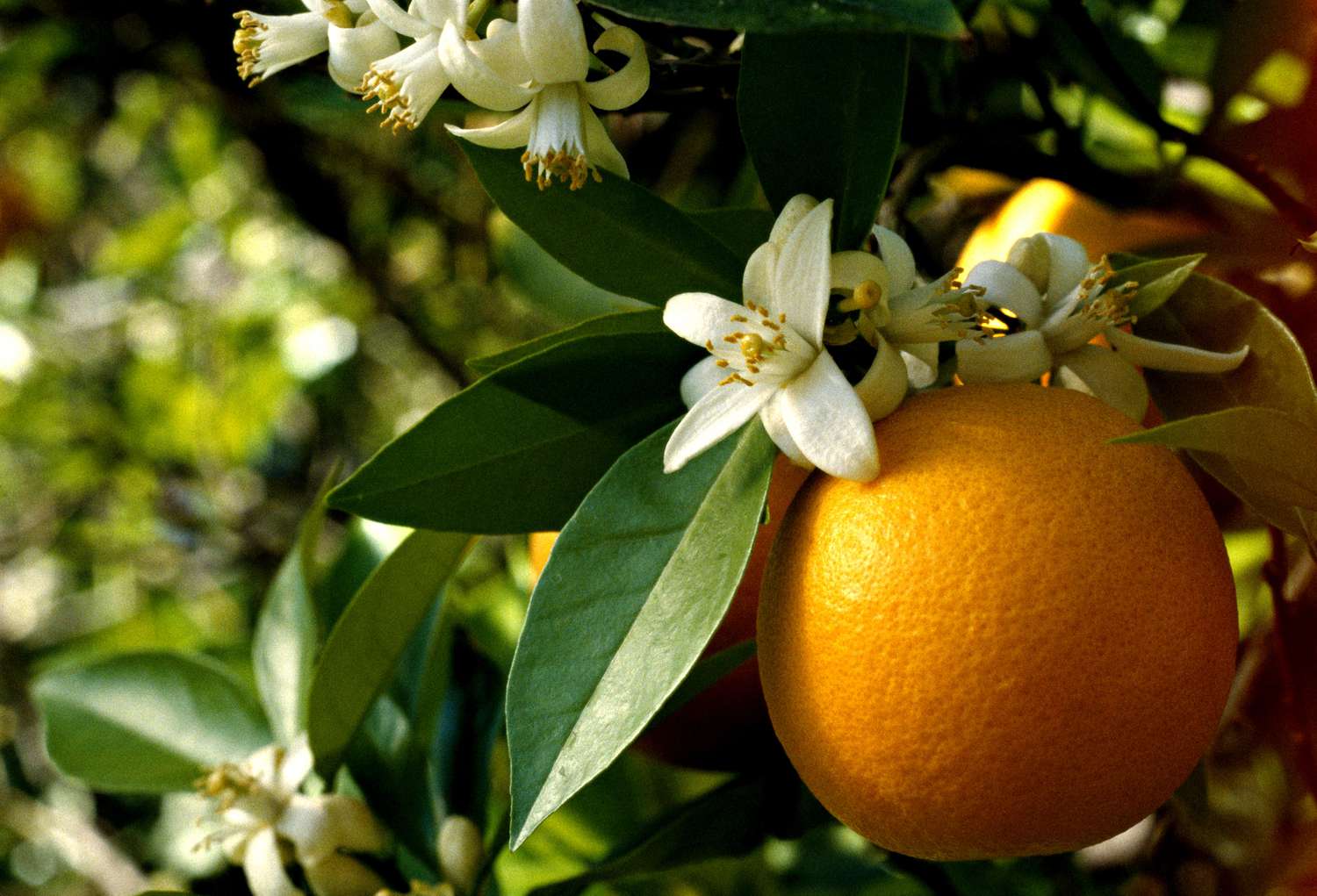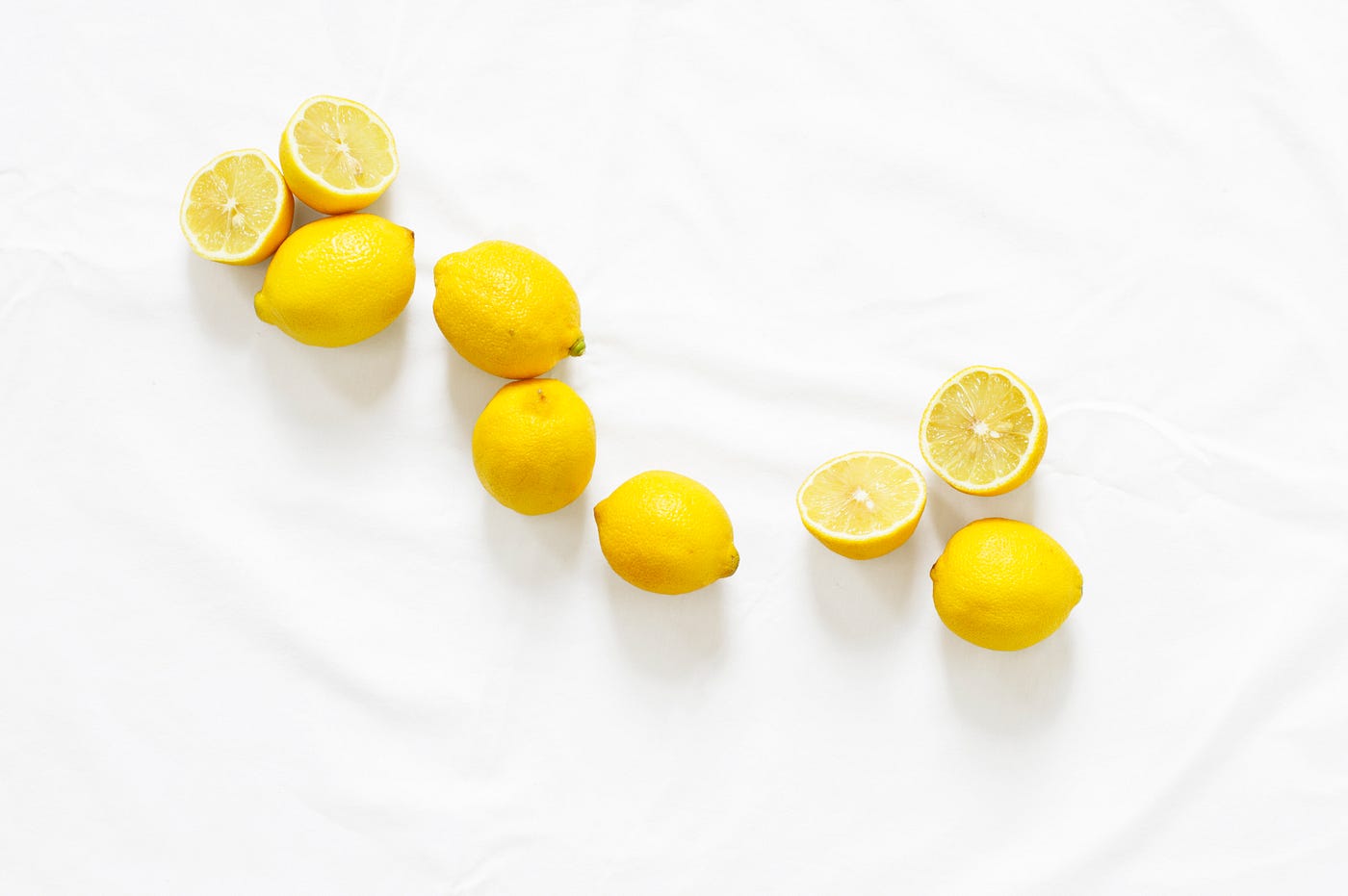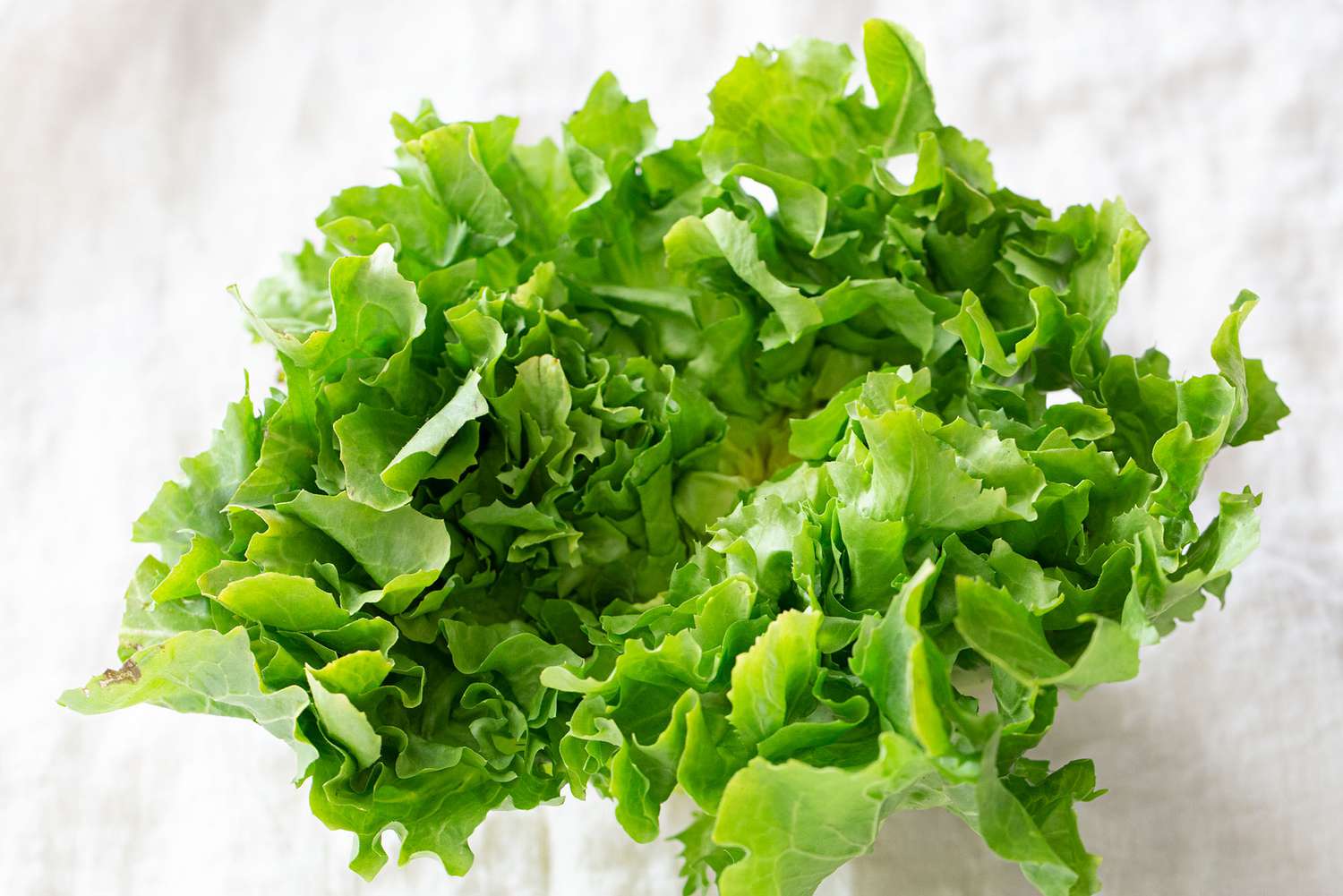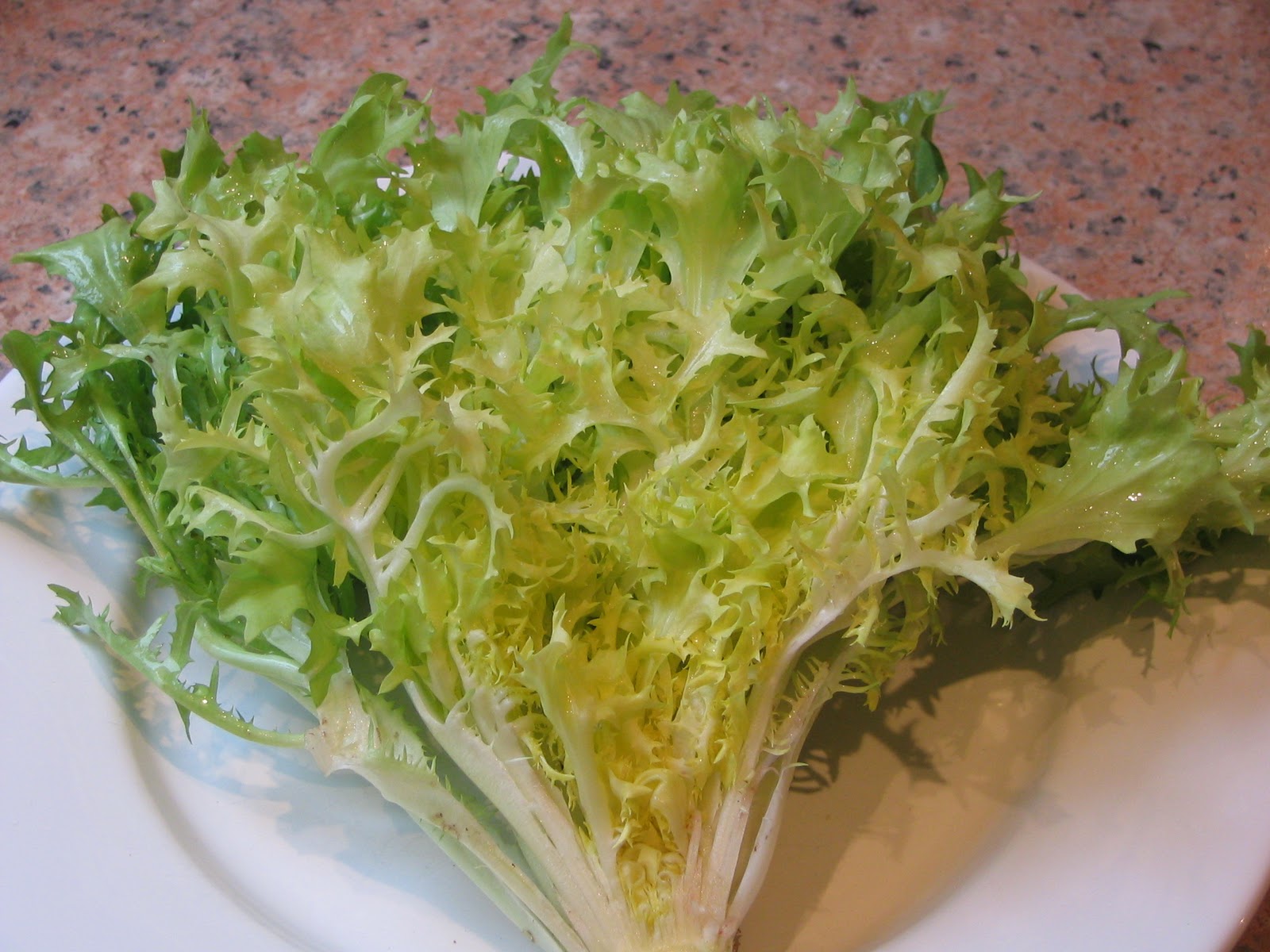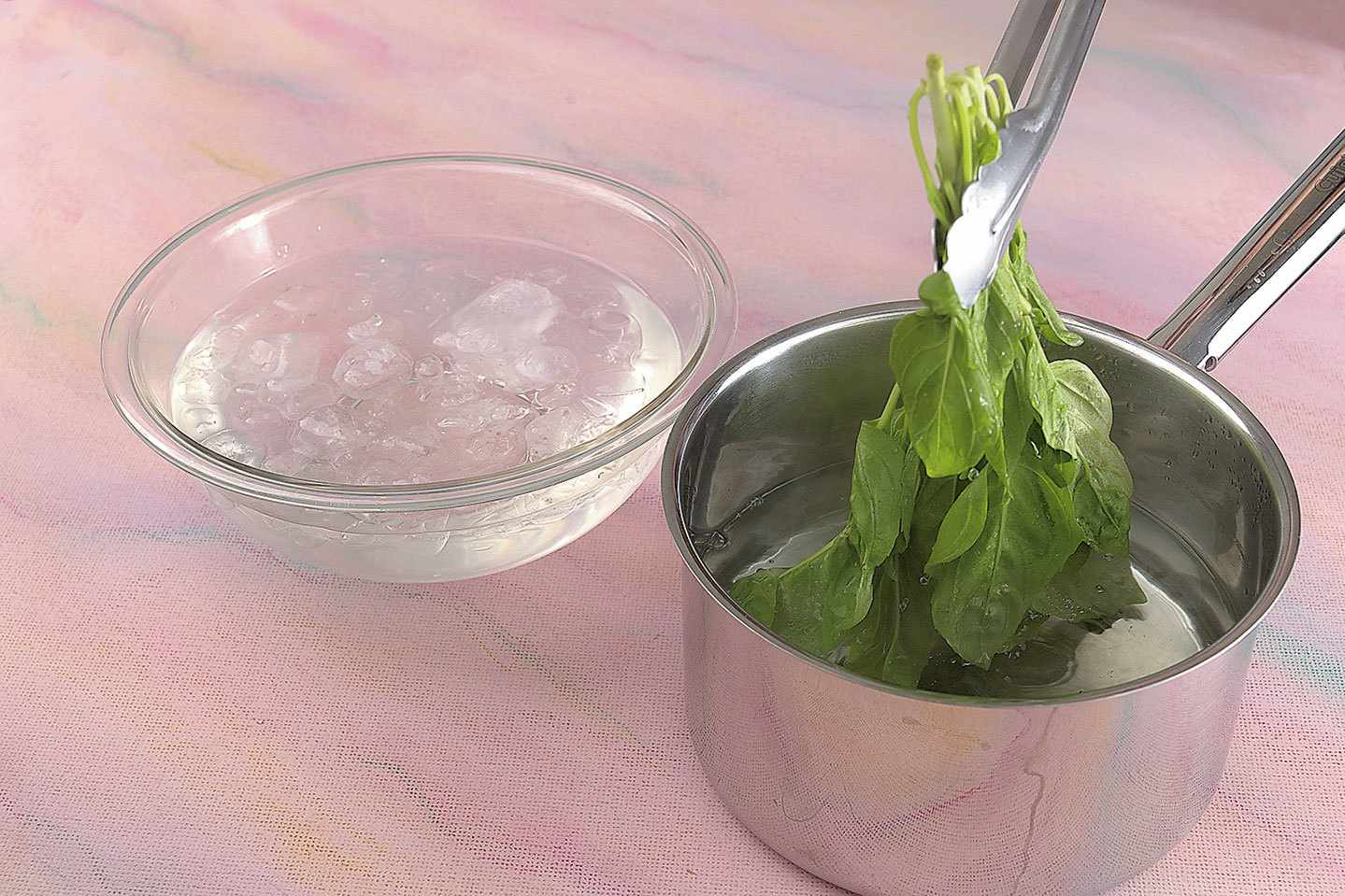Why Blanching Fruit Before Dehydrating Is Important
When it comes to preserving fruit through dehydration, blanching is a crucial step that shouldn’t be overlooked. Blanching fruit before dehydrating helps to retain the fruit’s color, flavor, and nutritional value. It also helps to kill any bacteria on the surface of the fruit, ensuring that it is safe to consume after dehydration. Whether you are a seasoned food preservation enthusiast or a beginner looking to try your hand at dehydrating fruit, understanding the blanching process is essential for successful results.
How To Blanch Fruit Before Dehydrating
Blanching fruit is a simple process that involves briefly immersing the fruit in boiling water, followed by a quick plunge into ice-cold water to halt the cooking process. Here’s a step-by-step guide to blanching fruit before dehydrating:
- Prepare the Fruit: Start by washing the fruit thoroughly to remove any dirt or impurities. If needed, peel the fruit and remove any pits or seeds.
- Boil Water: Bring a pot of water to a rolling boil. The pot should be large enough to accommodate the fruit without overcrowding.
- Blanch the Fruit: Carefully place the prepared fruit into the boiling water. The blanching time can vary depending on the type of fruit, but it typically ranges from 1 to 3 minutes. Refer to a blanching guide for specific times for different fruits.
- Ice Bath: Using a slotted spoon or tongs, quickly transfer the blanched fruit to a bowl of ice water. This rapid cooling process helps to stop the fruit from cooking further.
- Drain and Dry: Once the fruit has cooled in the ice bath for a few minutes, remove it and drain off any excess water. Pat the fruit dry with a clean kitchen towel or paper towels.
Benefits of Blanching Fruit Before Dehydrating
Blanching fruit serves several important purposes that contribute to the overall quality and safety of the dehydrated product:
- Preserves Color: Blanching helps to preserve the natural color of the fruit, preventing it from turning brown during the dehydration process.
- Retains Flavor: By blanching the fruit, you can lock in its natural flavor, resulting in a more delicious end product.
- Removes Bacteria: The brief exposure to boiling water helps to eliminate surface bacteria, reducing the risk of contamination during dehydration.
- Softens the Fruit: For some fruits, blanching can help to soften the texture, making them more suitable for dehydration.
Commonly Blanched Fruits
While not all fruits require blanching before dehydration, some varieties benefit greatly from this pre-treatment. Here are a few examples of fruits that are commonly blanched before dehydrating:
- Apples
- Peaches
- Pears
- Apricots
- Nectarines
Conclusion
Blanching fruit before dehydrating is a simple yet essential step that can make a significant difference in the quality and safety of the end product. By following the proper blanching technique and understanding the benefits, you can ensure that your dehydrated fruits retain their color, flavor, and nutritional value. Whether you plan to enjoy the dehydrated fruits as a healthy snack or incorporate them into your culinary creations, blanching sets the stage for successful dehydration.
